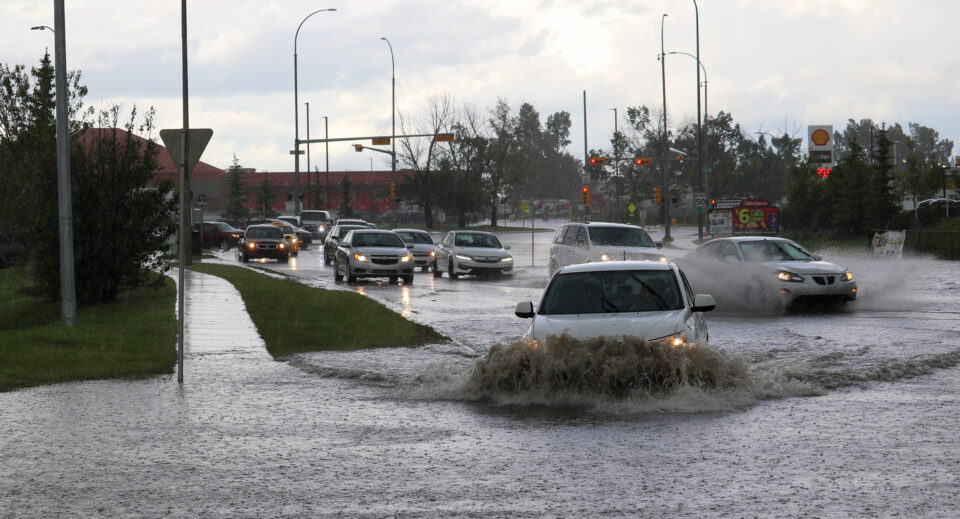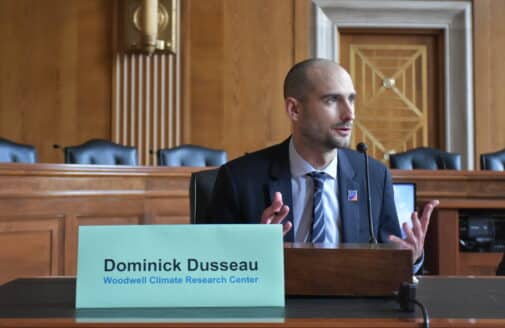Woodwell weighs in with public comment on flood insurance

In 1968, Congress established the National Flood Insurance Program to cover a critical gap in most standard homeowner insurance. NFIP requires households with federally backed mortgages to purchase flood insurance and enables property owners to obtain premiums at affordable rates. Today, more than 5.5 million homes in the United States are insured by NFIP. Woodwell Climate recently submitted a public comment to the Federal Emergency Management Agency (FEMA) calling for NFIP to address a critical gap in its own coverage—climate change.
While NFIP provides essential protection for high flood-prone areas, it does not adequately account for the fact that climate change is exacerbating flood risk in many regions of the United States. For example, in Decorah, IA, what is currently a 100-year rainfall event is on track to become a 1-in-28 year event by 2050.
The NFIP must meet the rising flood risk facing our country, but the underlying FEMA data that informs the program does not sufficiently account for climate change. While FEMA is pushing forward some improvements, such as Risk Rating 2.0, their Flood Insurance Rate Maps are outdated, do not consider climate change, and have not fully mapped the United States. The maps are used to determine who must purchase flood insurance, resulting in a considerable portion of flooding occurring outside of covered areas.
We greatly appreciated the opportunity to share Woodwell’s science as part of this process. A brief we wrote on the issue and our full public comment is found on our website. Woodwell Climate Research Center is working to ensure that these policies incorporate the latest and best climate science.







